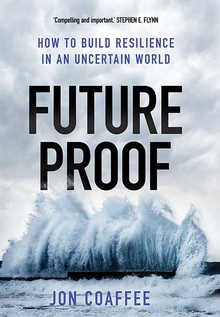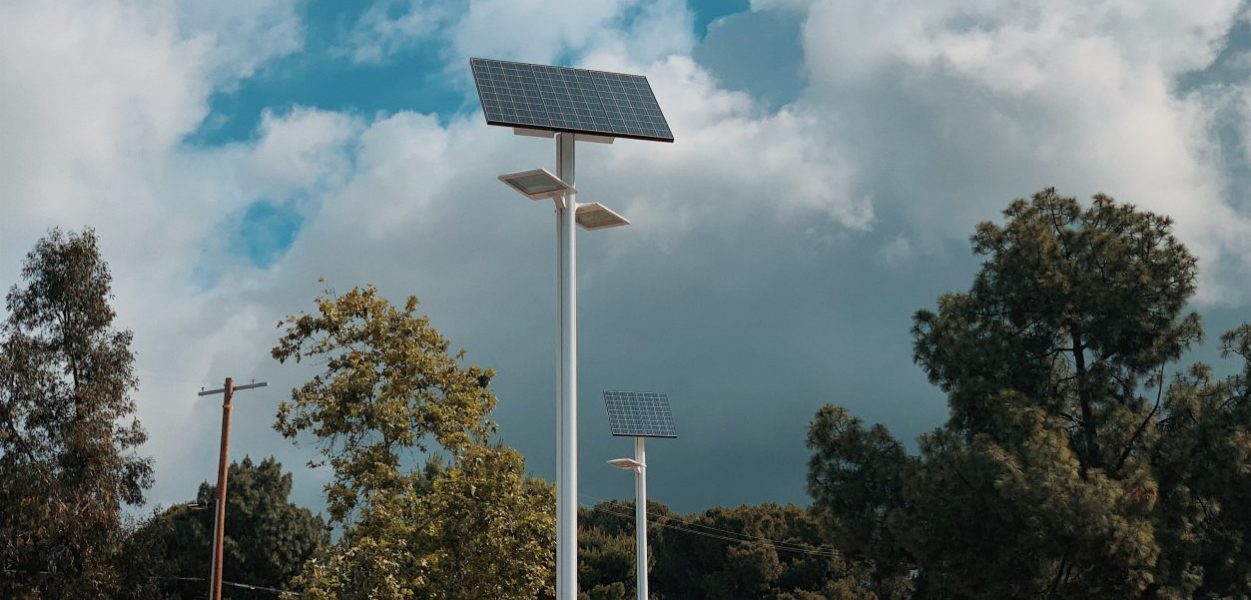Resilient Design: Innovation for Future Uncertainty
Jon Coaffee—
Recent scientific research has revealed that we have drastically underestimated the threat of climate change, with the impacts of sea level rise and extreme weather abnormalities likely to be felt most dramatically in large urban conurbations. Almost exactly seven years after Hurricane Sandy hit the US Eastern seaboard causing devastation in New York City and across New Jersey, new estimates highlight the alarming rates at which the threat of similar occurrences is growing. They predict that these events will leave 300 million people across the globe flooded at least once a year by 2050. This represents a threefold increase on prior estimates of the number of people likely to be impacted by the consequences of climate change. Such estimates echo a plethora of scientific reports over recent decades imploring for needed drastic cuts in carbon emissions and for better coastal defenses to protect vulnerable areas from rising seas and storm surges and to prepare for the inevitable internal migration that will see many areas become uninhabitable in the future.
These are inherently political and economic questions that have proved impossible to address with any coherence or holistic thinking to date, although some places have been more proactive than others. Long-standing concern and action in New York since the 1990s, for example, have seen the ideas of climate adaptation and mitigation—and more recently resilience—hardwired into the DNA of all city operations in an attempt to save the city from the worst ravages of global warming. This long-standing effort was further intensified when Hurricane Sandy hit in 2012 and was promoted by an innovative architectural and planning movement that sought resilience through design. An open ideas competition called “Rebuild by Design” was launched in June 2013, which sought to combine innovative design with local community understanding in order to develop solutions to the impacts of climate change able to be implemented in New York and replicated elsewhere. “By design” not only referred to the innovative physical designs that were proposed but also, more importantly, to the process of design. Here design-thinking was seen as different from urban restructuring or planning in the traditional sense. It represented a distinct way of knowing and engaging with the world, providing a critical space by which decision-makers can think about and plan changes to their current ways of working as a response to fluid contexts. Design-thinking, under the guise of improving resilience, offered new and creative ways of solving problems, providing the glue that holds together divergent viewpoints (including those from local citizens) and ways of working together.
The project that initially attracted the most attention was BIG Architecture’s BIG U (or Dryline), which began its first phase of construction in 2018. Its overarching aim is to convert the ten miles of Manhattan’s hard shoreline into a continuous network of landscape buffers and “protective parks” that will improve resistance to flood events whilst being integrated within a linear public park that finds imaginative recreational uses for the resultant spaces. On a smaller scale, and across the Hudson River in New Jersey, work began last month (October 2019) on Hoboken’s Northwest Resiliency Park initiative that, like the Big U, seeks to combine open space needs and infrastructure to reduce flooding, largely through the deployment of groundwater storage infrastructure that can hold up to 2 million gallons of rainwater during storms. This resiliency initiative is seen by the City’s mayor as “a national model for parks across the country.” Moreover, such an initiative showcases a host of important issues that require constant investment, better systems of compensation and insurance, and innovative adaption measures to prepare for extreme weather induced by climate-change. The Resiliency Park initiative also prompted the mayor of Hoboken, in concert with the mayors of Newark and Elizabeth, to suggest new collaborative efforts in the fight against flooding, storms, and sea-level rise, noting that “we stand ready here in Newark, in Hoboken, and in Elizabeth, to work across boundaries on the most existential issue of our time—for our coast, and for our future.” Resilience has become the new normal.
While none of the proposed elements in New York or New Jersey are revolutionary in isolation, these “resilient design” initiatives represent an increasingly important relationship between landscape and critical infrastructure, developed with an understanding of localized risk but weaving in new social and environmental benefits. They further challenge the assumption that protective flood infrastructure has to be detrimental to urban character and highlight the co-benefits of considering issues of urban design and enhanced resilience in unison. This underscores in stark terms the need to build resilience and to do so in ways that are equitable and cost-effective. Most urgently, they represent the need to jettison common responses that have tended to be incremental, ad hoc, and reactive—that focus on maintaining stability and bouncing back rather than fundamentally changing established modes of action. To simply return to a balanced position or “steady state” is not enough. Resilience plans should focus on preparedness, manage uncertainty, and facilitate transformation. Resilience is about bouncing forward and embracing change. It is about shifting the inherently conservative nature of policy-making toward more progressive and flexible solutions. This challenge not only addresses the existential threat of a changing climate but cuts right across a myriad of ways in which society should seek to deal with risk, crisis, and uncertainty as we seek to future-proof in a progressive way. In conditions of persistent uncertainty that characterize the new epoch of the Anthropocene, we have loaded the dice. Now we need to respond.
Jon Coaffee is professor in urban geography and director of the Resilient Cities Laboratory at the University of Warwick, and an exchange professor at New York University’s Center for Urban Science and Progress (CUSP).
Further Reading:



























